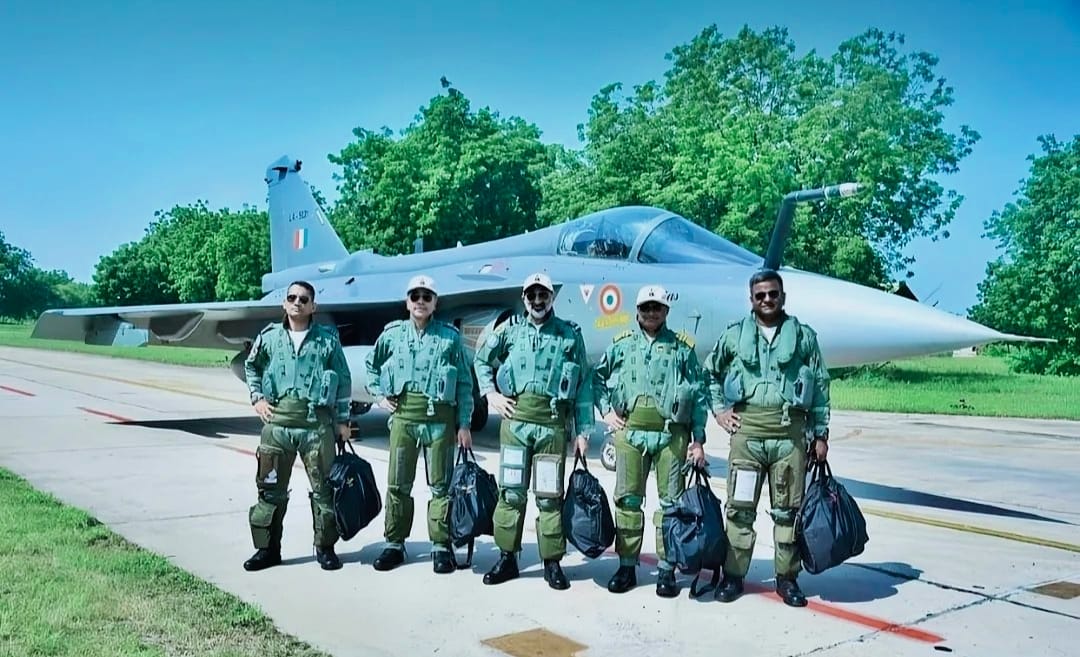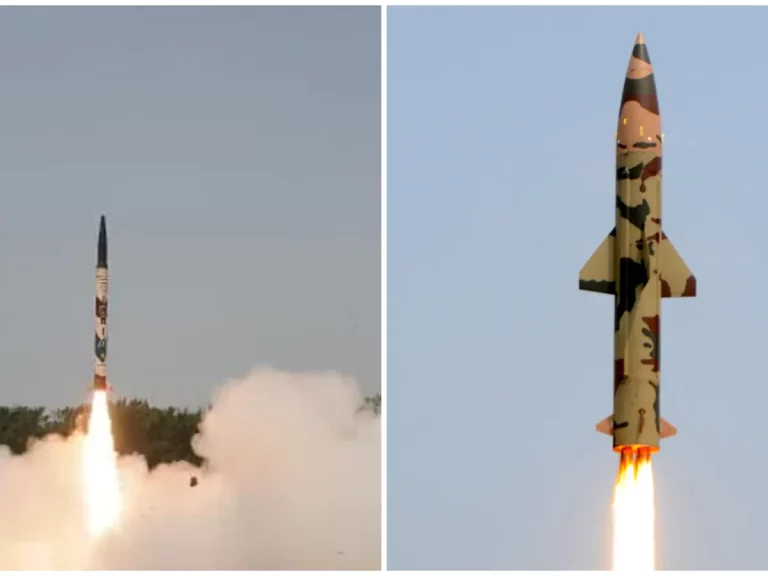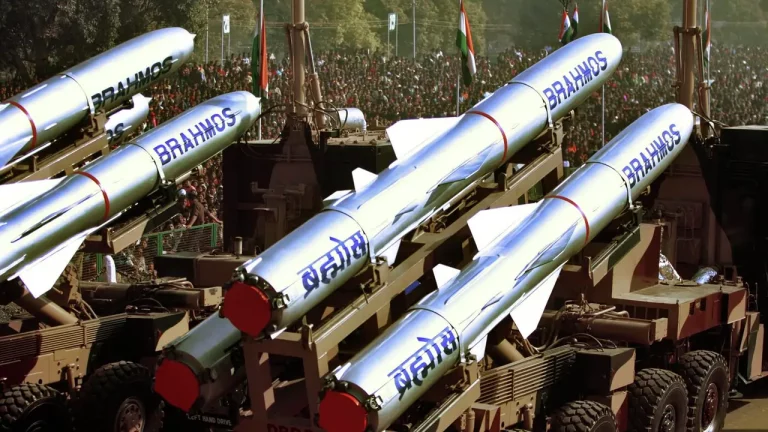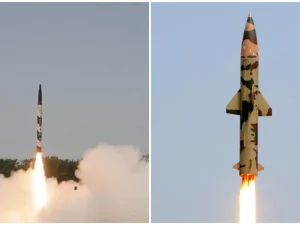In a significant military action, India executed precision strikes on Pakistani airbases as part of “Operation Sindoor,” aimed at dismantling terror-linked military infrastructure in the regions of Rawalpindi and Rahimyar Khan. This mission was initiated in response to a terrorist attack in Pahalgam, Jammu and Kashmir, on April 22, 2025, which resulted in the deaths of 26 civilians, primarily Indians, alongside one Nepali national.
The Indian Ministry of Defence confirmed the successful execution of the mission, noting that it was carried out without any loss of personnel or equipment, thereby demonstrating the country’s advanced surveillance, planning, and strike capabilities. High-value installations such as radar and missile systems were specifically targeted, employing long-range indigenous drones and guided munitions to maximize impact.
In the course of the operation, India carefully adhered to international norms, ensuring that its strikes remained confined within its airspace and did not cross the Line of Control (LoC) or international borders. This approach was strategically calculated, aimed at asserting military strength without escalating tensions further. Following the strikes, Pakistani military forces attempted countermeasures on May 9 and 10 targeting Indian airfields and logistical nodes. However, the Indian Armed Forces effectively repelled these efforts, reinforcing their operational superiority.
Operation Sindoor highlighted notable advancements in India’s defense technology, particularly its increasing reliance on indigenous systems. Reports indicate that the Indian Air Force successfully countered Chinese-origin Pakistani air defense networks, completing the entire operation in just 23 minutes. Key systems utilized during the mission included the Akash air defense missile, Pechora, and OSA-AK platforms, all deployed with lethal accuracy alongside loitering munitions.
Debris retrieved from the targeted Pakistani bases showcased the destruction of various hostile technologies, including Chinese PL-15 air-to-air missiles, Turkish Yiha UAVs, quadcopters, and long-range rockets. This evidence underscores India’s growing competitiveness in electronic warfare and drone technology.
The operation’s success was significantly aided by India’s space and drone ecosystems. The Indian Space Research Organisation (ISRO) maintained continuous satellite monitoring through a network of ten satellites, effectively overseeing strategic borders and the country’s extensive coastline. Additionally, the Drone Federation of India (DFI), representing over 550 drone startups, played a crucial role, with contributions from major firms like Alpha Design Technologies, Tata Advanced Systems, Paras Defence, and IG Drones.
This bold military initiative comes against the backdrop of remarkable growth in India’s defense manufacturing sector. Indigenous defense production reached ₹1.27 lakh crore in the fiscal year 2023-24, while defense exports soared to ₹23,622 crore in FY 2024-25—a staggering increase of 34 times since 2013-14. Government initiatives such as Make in India, the Production-Linked Incentive (PLI) scheme for drones, and the iDEX innovation program have significantly bolstered this transformation.
With the establishment of Defence Industrial Corridors in Uttar Pradesh and Tamil Nadu and increasing participation from the private sector, India is rapidly positioning itself as a global hub for defense innovation and manufacturing.
Ultimately, Operation Sindoor represents a pivotal moment in India’s quest for military self-reliance. By amalgamating satellite intelligence, advanced drones, air defense systems, and indigenous strike capabilities, the mission sends a clear signal of India’s preparedness for future conflicts in a technology-driven warfare landscape. Not only did it achieve key tactical objectives, but it also validated India’s broader strategic vision of evolving into a high-tech military power in the 21st century.

















